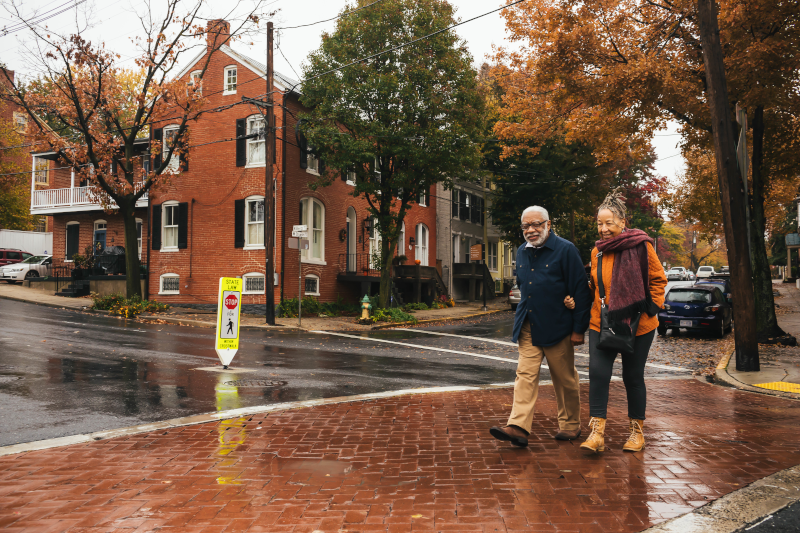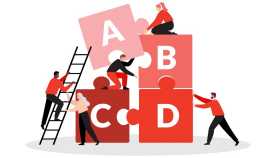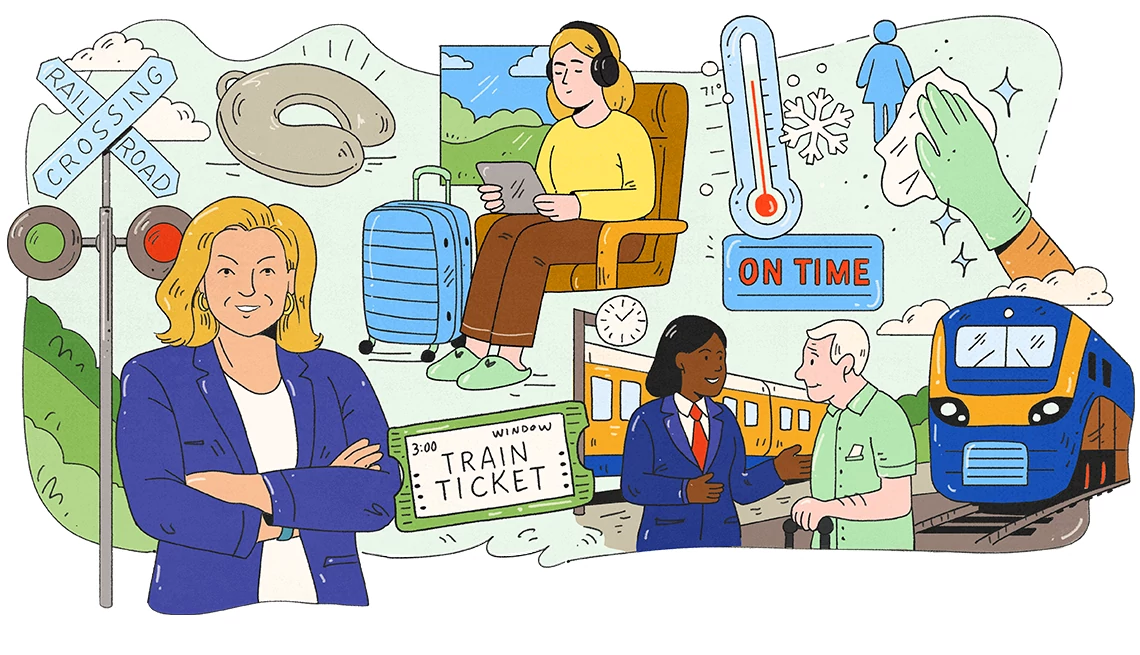AARP Hearing Center

Over September and October, the Maryland Department of Transportation (MDOT), AARP Maryland, and Mpact convened a powerful four-week roundtable series focused on one of the state’s most pressing but often overlooked issues: ensuring safe, accessible, and reliable transportation for older adults in rural communities.
The roundtable brought together a diverse coalition of voices—from state and county transit professionals to local elected officials, nonprofit leaders, town administrators, agencies on aging, and engaged community members. Their shared mission was to identify the barriers rural residents face in getting where they need to go and begin charting a path toward meaningful, community-driven solutions.
Spotlight on Mt. Airy and La Plata
Two communities served as focal points for the roundtable: Mt. Airy and La Plata. Mt. Airy, a unique town that spans four counties, presents a logistical puzzle for transit providers. Crossing county lines often complicates service coordination, and many of the town’s shopping centers remain inaccessible by foot, posing a serious challenge for older adults who rely on walking or public transportation.
Meanwhile, in La Plata, participants highlighted the urgent need for transit upgrades and improvements to safe streets. From sidewalk gaps to limited bus routes, the town’s infrastructure has not kept pace with the growing demands of its aging population.
“By 2050, Marylanders over 50 will drive most consumer spending, making it more important than ever to create communities that support aging well. Through our partnership with Mpact and AARP, we’re connecting with residents in Maryland’s rural and suburban areas and providing tools to identify local mobility challenges — turning ideas like better sidewalks, more trails and improved paratransit access into meaningful action,” said Deron Lovaas, chief of environment and sustainable transportation at the Maryland Department of Transportation.
Listening, Learning, and Laying the Groundwork
Throughout the series, participants shared firsthand experiences, reviewed existing services, and brainstormed actionable next steps. The sessions were designed not just to discuss problems, but to build momentum for change.
“Mpact believes that positive change happens when you can bring various stakeholders together to share knowledge about challenges and solutions. We could feel the energy in the room and see connections being made about how to make it easier for older adults and all residents to get the places they need to go. Transit is core to that,” said Kammy Horne, CEO of Mpact, a national nonprofit organization and AARP technical assistance provider.
One of the key takeaways was the importance of cross-sector collaboration. No single agency or organization can solve these challenges alone. However, by working together—and listening closely to the voices of older adults themselves —Maryland communities can begin to reimagine what aging in place looks like in rural areas.
Jen Holz, Associate State Director for Outreach at AARP Maryland adds, "Advocacy and community engagement are the cornerstones of building transportation systems that truly reflect the needs of older adults. When we listen to local voices and champion inclusive policies, we pave the way for safer, more accessible mobility for everyone."
What’s Next?
The roundtable concluded with a commitment to continue the conversation and move from ideas to implementation.
As Maryland’s rural communities grow and age, the need for equitable, accessible transportation becomes more urgent. Thanks to the leadership of MDOT, AARP Maryland, and Mpact—and the dedication of local stakeholders—this roundtable marks a promising step forward.
Stay tuned for updates as these conversations evolve into action!































































